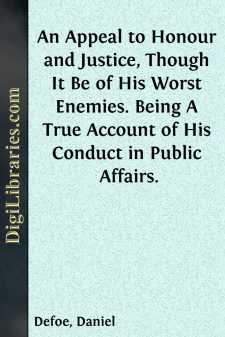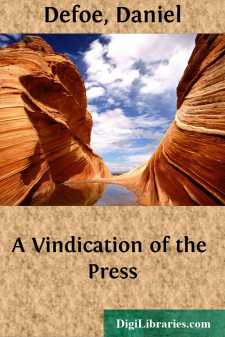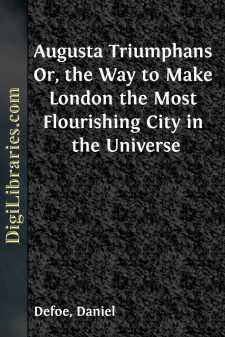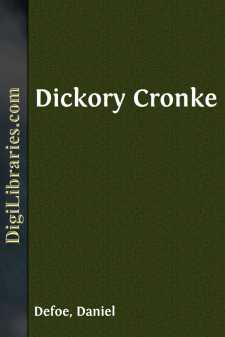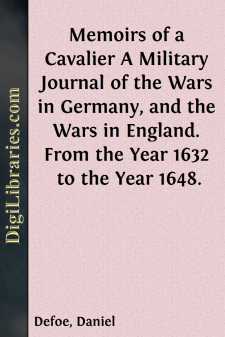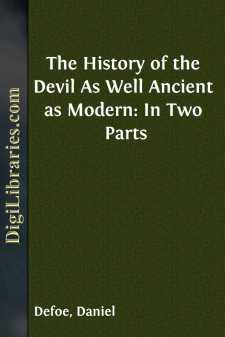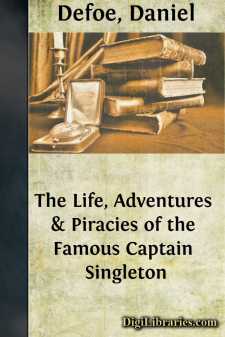Categories
- Antiques & Collectibles 13
- Architecture 36
- Art 48
- Bibles 22
- Biography & Autobiography 813
- Body, Mind & Spirit 142
- Business & Economics 28
- Children's Books 14
- Children's Fiction 11
- Computers 4
- Cooking 94
- Crafts & Hobbies 4
- Drama 346
- Education 46
- Family & Relationships 57
- Fiction 11829
- Games 19
- Gardening 17
- Health & Fitness 34
- History 1377
- House & Home 1
- Humor 147
- Juvenile Fiction 1873
- Juvenile Nonfiction 202
- Language Arts & Disciplines 88
- Law 16
- Literary Collections 686
- Literary Criticism 179
- Mathematics 13
- Medical 41
- Music 40
- Nature 179
- Non-Classifiable 1768
- Performing Arts 7
- Periodicals 1453
- Philosophy 64
- Photography 2
- Poetry 896
- Political Science 203
- Psychology 42
- Reference 154
- Religion 513
- Science 126
- Self-Help 84
- Social Science 81
- Sports & Recreation 34
- Study Aids 3
- Technology & Engineering 59
- Transportation 23
- Travel 463
- True Crime 29
The Fortunate Mistress (Parts 1 and 2) or a History of the Life of Mademoiselle de Beleau Known by the Name of the Lady Roxana
by: Daniel Defoe
Description:
Excerpt
INTRODUCTION
In March, 1724, was published the narrative in which Defoe came, perhaps even nearer than in Moll Flanders, to writing what we to-day call a novel, namely: The Fortunate Mistress; or, a History of the Life and Vast Variety of Fortunes of Mademoiselle de' Belau; afterwards called the Countess of Wintelsheim, in Germany. Being the Person known by the name of the Lady Roxana, in the Time of King Charles II. No second edition appeared till after Defoe's death, which occurred in 1731. Then for some years, various editions of The Fortunate Mistress came out. Because Defoe had not indicated the end of his chief characters so clearly as he usually did in his stories, several of these later editions carried on the history of the heroine. Probably none of the continuations was by Defoe himself, though the one in the edition of 1745 has been attributed to him. For this reason, and because it has some literary merit, it is included in the present edition.
That this continuation was not by Defoe is attested in various ways. In the first place, it tells the history of Roxana down to her death in July, 1742, a date which Defoe would not have been likely to fix, for he died himself in April, 1731. Moreover, the statement that she was sixty-four when she died, does not agree with the statement at the beginning of Defoe's narrative that she was ten years old in 1683. She must have been born in 1673, and consequently would have been sixty-nine in 1742. This discrepancy, however, ceases to be important when we consider the general confusion of dates in the part of the book certainly by Defoe. The title-page announces that his heroine was "known by the name of the Lady Roxana, in the Time of King Charles II." She must have been known by this name when she was a child of eleven or twelve, then, for she was ten when her parents fled to England "about 1683," and Charles II. died in February, 1685. Moreover, she was not married till she was fifteen; she lived eight years with her husband; and then she was mistress successively to the friendly jeweller, the Prince, and the Dutch merchant. Yet after this career, she returned to London in time to become a noted toast among Charles II.'s courtiers and to entertain at her house that monarch and the Duke of Monmouth.
A stronger argument for different authorship is the difference in style between the continuation of Roxana and the earlier narrative. In the continuation Defoe's best-known mannerisms are lacking, as two instances will show. Critics have often called attention to the fact that fright, instead of frighten, was a favourite word of Defoe. Now frighten, and not fright, is the verb used in the continuation. Furthermore, I have pointed out in a previous introduction that Defoe was fond of making his characters smile, to show either kindliness or shrewd penetration. They do not smile in the continuation.
There are other differences between the original story of The Fortunate Mistress and the continuation of 1745. The former is better narrative than the latter; it moves quicker; it is more real. And yet there is a manifest attempt in the continuation to imitate the manner and the substance of the story proper. There is a dialogue, for example, between Roxana and the Quakeress, modelled on the dialogues which Defoe was so fond of. Again, there is a fairly successful attempt to copy Defoe's circumstantiality; there is an amount of detail in the continuation which makes it more graphic than much of the fiction which has been given to the world. And finally, in understanding and reproducing the characters of Roxana and Amy, the anonymous author has done remarkably well. The character of Roxana's daughter is less true to Defoe's conception; the girl, as he drew her, was actuated more by natural affection in seeking her mother, and less by interest. The character of the Dutch merchant, likewise, has not changed for the better in the continuation. He has developed a vindictiveness which, in our former meetings with him, seemed foreign to his nature.
I have said that in The Fortunate Mistress Defoe has come nearer than usual to writing what we to-day call a novel; the reason is that he has had more success than usual in making his characters real....



